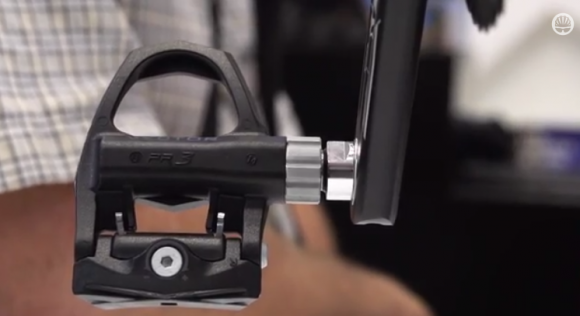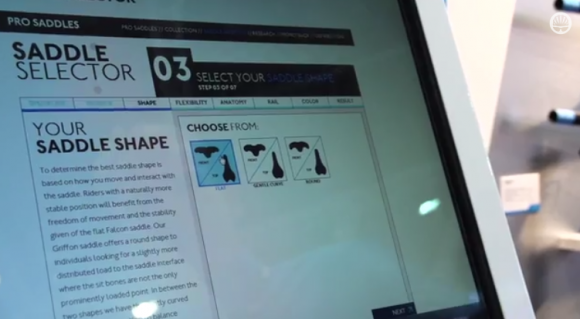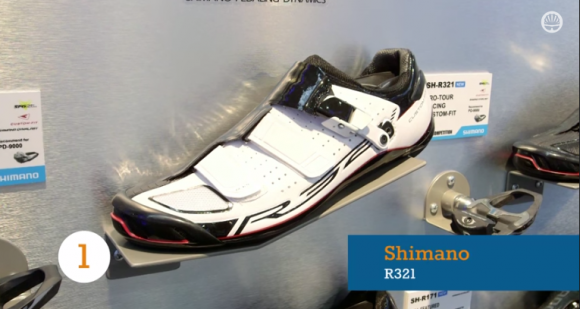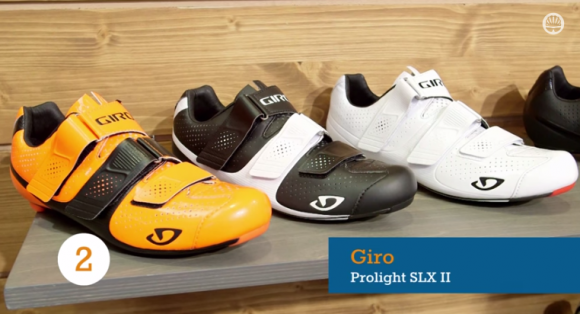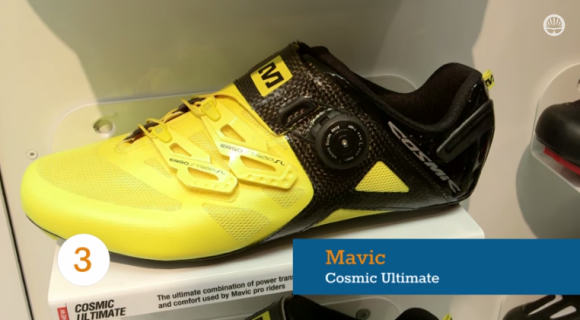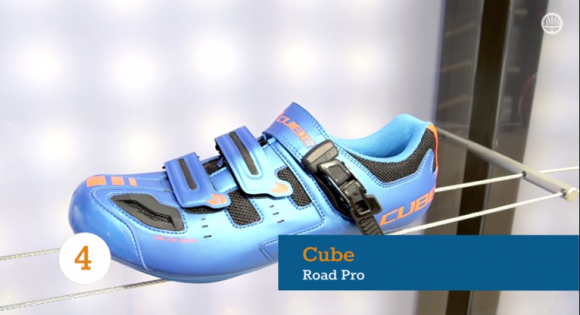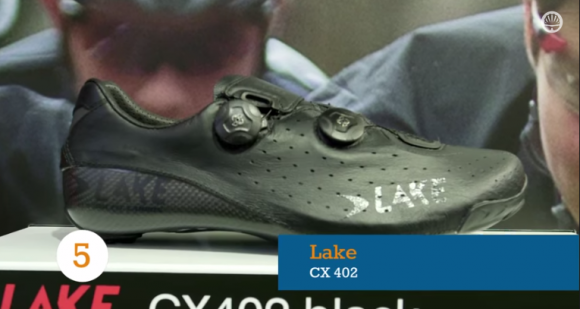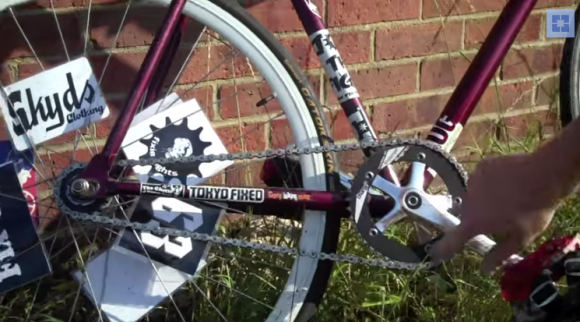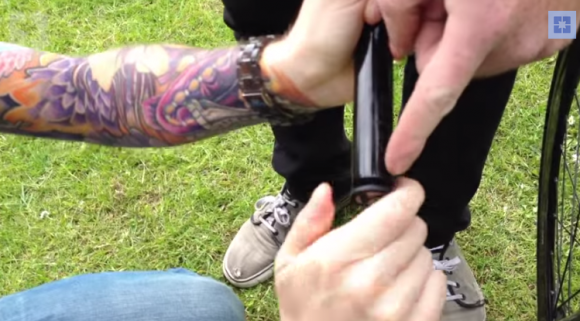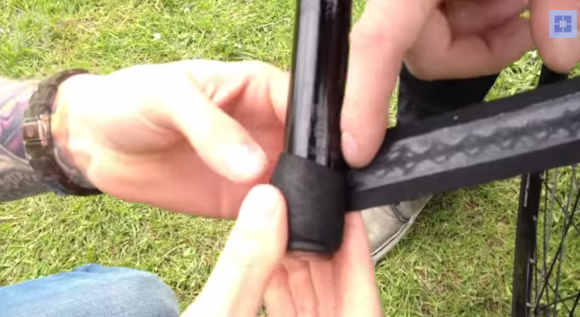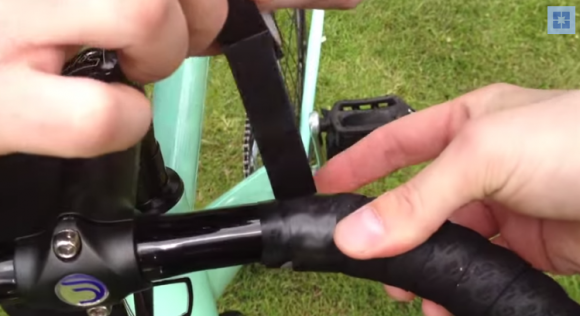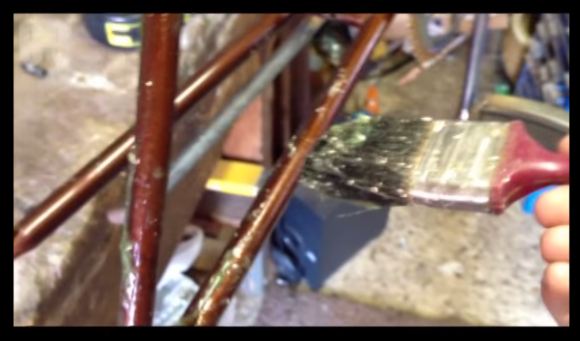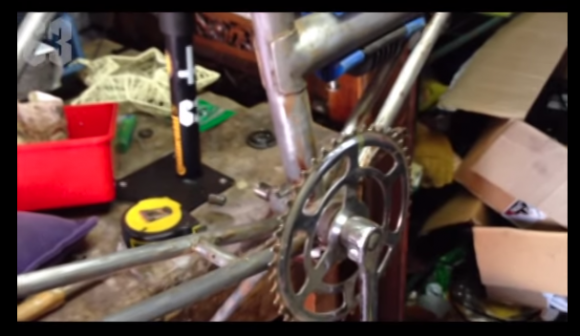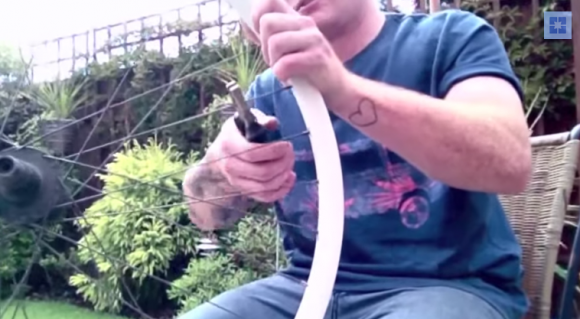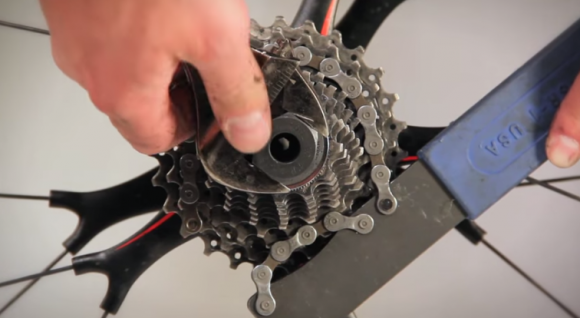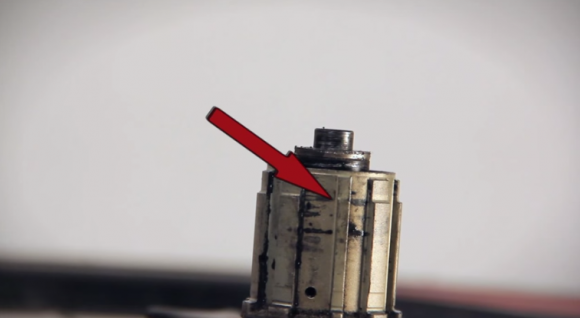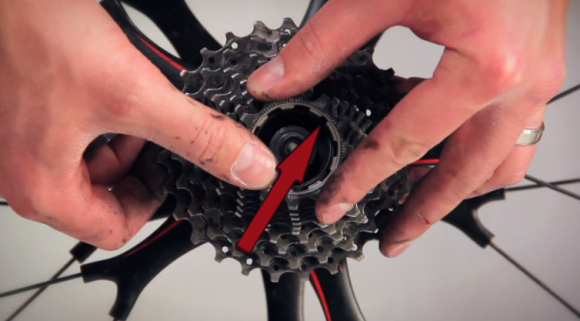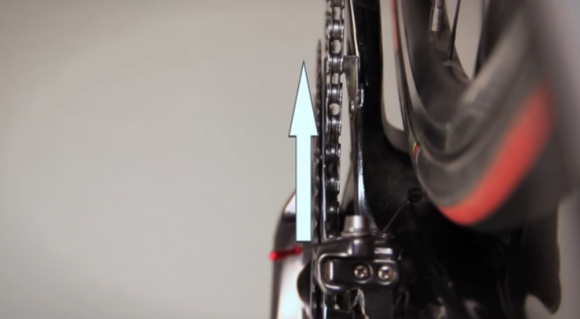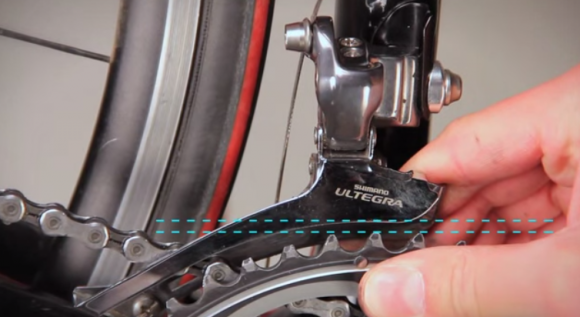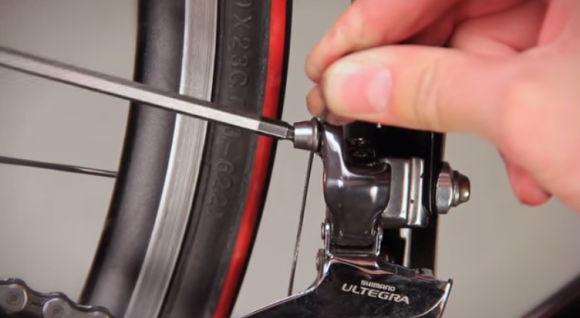Overview of Different Types of Panniers and Racks
Submitted by matt on Thu, 11/06/2014 - 17:16This video will discuss some of the different kinds of panniers and racks to help you decide what is right for you when it’s time to go out a buy.
Racks: panniers are normally mounted on a rack on the rear of the bike. When looking for a rack you are looking for something that is good quality. Start by making sure the welding of the rack is good. Also, make sure it comes with good quality fittings, such as nylon locknuts. This will ensure that things don’t vibrate lose over time. Check what the rack is made out of. Preferably oversized aluminum or good quality steel. Think about what you plan on carrying. The more valuable and heavier your stuff is, the better quality it should be.
Pannier Bags: there are two common styles of rear bags. The double style, which is two separate bags. There are great because of their versatility. If you don’t have to carry a ton of stuff, you can take just one bag. The other common style is the one piece design. These can be good for people who are doing more touring over a longer period of time. The more material over the top of the rack itself creates greater weight distribution, which will allow you to worry less about the bags falling apart over time.
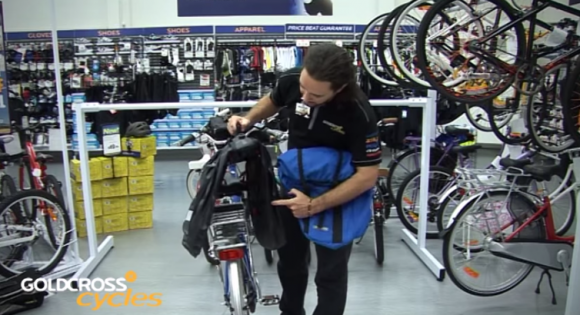
Examples of Two Types of Rear Panniers
Front mounted pannier bags: these are often referred to as handlebar bags. They are good for short trips or when you don’t have a lot to carry. They are typically easy to put on and take off the bike, and are more manageable to carry around on your person.
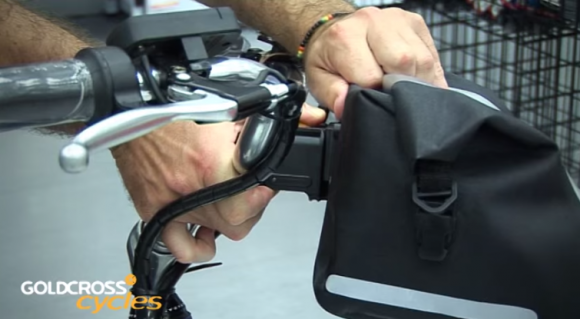
Front Mounted Pannier Bag
Rack top bag: this bag sits on top of the rear rack itself. Again, this bag is convenient because of its smaller size. It is a bit larger than typical front mounted bags, but not as large as full pannier bags.
